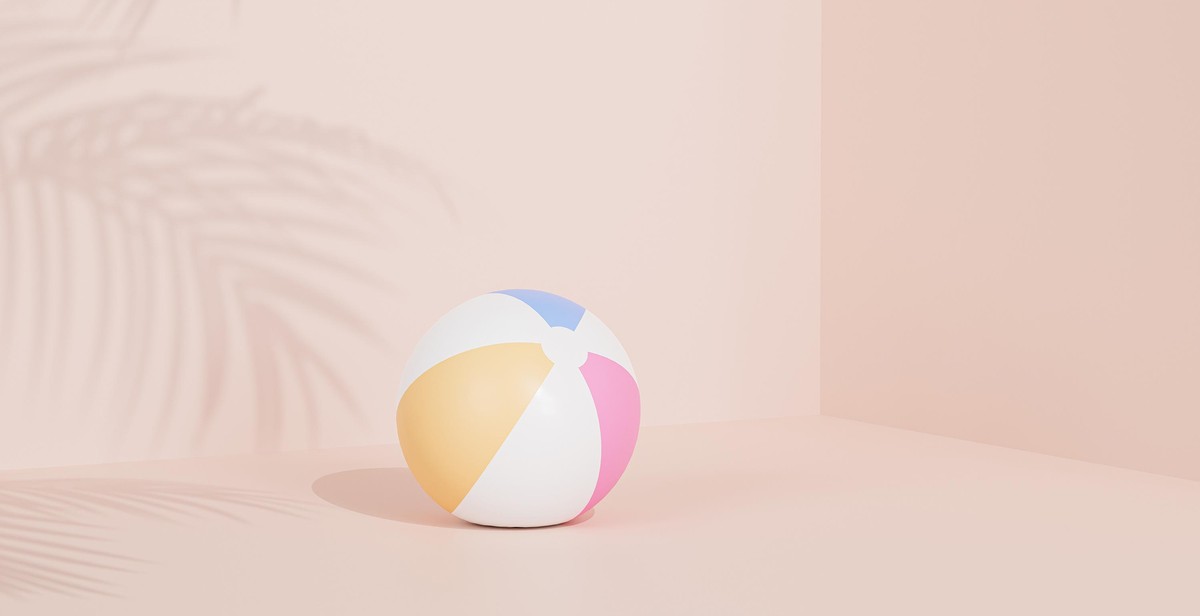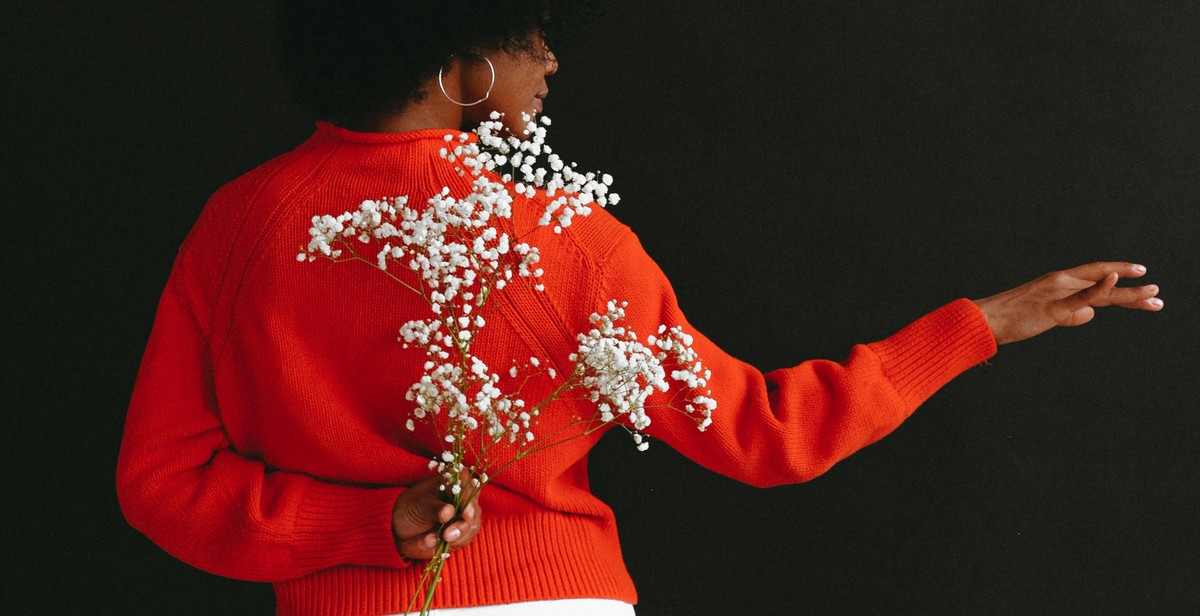How to Use Negative Space in Design: Creating Balance and Visual Interest
In design, negative space refers to the empty or unused space around or between the elements of a design. It is also known as white space, though it can be of any color. Negative space is an essential element of design as it helps to create balance, contrast, and visual interest.
Using negative space effectively can be a powerful tool to enhance the overall impact of a design. When used correctly, it can make a design look more professional, sophisticated, and elegant.
The Importance of Negative Space in Design
Negative space is essential to create a harmonious and balanced design. It helps to organize the elements of a design and create a clear visual hierarchy. It also enhances readability and legibility, making it easier for the viewer to understand the message being conveyed.
Moreover, negative space creates contrast and visual interest, making a design more engaging and memorable. It can also be used to create a sense of movement, flow, and direction within a design.
How to Use Negative Space in Design
Designers can use negative space in various ways to enhance the impact of their designs. Some common techniques include:
- Using negative space to create a clear visual hierarchy
- Using negative space to create contrast and emphasis
- Using negative space to create a sense of movement and flow
- Using negative space to create a sense of depth and dimension
By using negative space effectively, designers can create designs that are not only aesthetically pleasing but also communicate their message clearly and effectively.

Understanding Negative Space
Negative space, also known as white space, is the area surrounding the main subject or object in a design. It is the space left unmarked, empty, or blank. It is not necessarily white, but can be any color or texture that contrasts with the subject or object in focus.
What is Negative Space?
Negative space is often referred to as the “breathing room” of a design. It is the space between the elements that helps to create balance, harmony, and visual interest. Negative space is a powerful tool that can be used to guide the viewer’s eye, highlight important information, and create a sense of elegance and simplicity.
Negative space can be found in all types of design, from graphic design to architecture. It is used to create contrast, emphasize important elements, and give the design a sense of depth and dimensionality.
The Role of Negative Space in Design
The role of negative space in design is to create balance and harmony between the elements. It is used to guide the viewer’s eye and create a sense of flow and movement within the design. Negative space can also be used to create contrast and emphasize important elements within the design.
One of the most important roles of negative space in design is to create a sense of simplicity and elegance. A design that is cluttered and busy can be overwhelming and confusing to the viewer. By using negative space, designers can create a sense of calm and simplicity that makes the design more appealing and easier to understand.
Another important role of negative space in design is to create a sense of hierarchy. By using negative space to highlight important elements, designers can guide the viewer’s eye and create a clear hierarchy of information within the design.
- Negative space is the area surrounding the main subject or object in a design
- It is often referred to as the “breathing room” of a design
- It is used to create balance, harmony, and visual interest
- Negative space can be used to guide the viewer’s eye and create a sense of flow and movement within the design
- It is also used to create contrast and emphasize important elements within the design
In conclusion, negative space is a powerful tool that can be used to create balance, harmony, and visual interest in design. By using negative space effectively, designers can guide the viewer’s eye, create a sense of flow and movement, and emphasize important elements within the design.

Using Negative Space to Create Balance
Negative space, also known as white space, is the area around and between design elements. Many designers believe that negative space is just as important as the positive space in a design. It can help create balance, contrast, and visual interest.
Symmetrical Balance
Symmetrical balance is achieved when the design elements are arranged equally on both sides of a central axis. Negative space can be used to create symmetrical balance by placing empty space on one side of the axis to balance out the positive space on the other side.
For example, a logo with symmetrical balance might have a graphic element in the center with equal negative space on either side. This creates a sense of stability and order in the design.
Asymmetrical Balance
Asymmetrical balance is achieved when the design elements are arranged in an uneven way, but still create a sense of balance. Negative space can be used to create asymmetrical balance by being strategically placed around the design elements.
For example, a poster with asymmetrical balance might have a large graphic element on one side with negative space around it, and several smaller elements on the other side with less negative space. This creates a sense of movement and visual interest in the design.
Radial Balance
Radial balance is achieved when the design elements are arranged around a central point. Negative space can be used to create radial balance by being evenly distributed around the central point.
For example, a circular logo with radial balance might have a graphic element in the center with negative space around it, creating a sense of movement and flow in the design.
Overall, negative space can be a powerful tool for creating balance and visual interest in design. Whether you are creating a symmetrical, asymmetrical, or radial design, negative space can help bring harmony and order to your work.

Creating Visual Interest with Negative Space
Designers often use negative space to create balance and harmony in their designs. However, negative space can also be used to create visual interest and draw attention to certain elements in a design. Here are some ways to create visual interest with negative space:
Highlighting the Positive Space
One of the most effective ways to create visual interest with negative space is to use it to highlight the positive space. By surrounding a central element with negative space, you can draw the viewer’s eye to that element and make it stand out. This technique is often used in logo design, where the negative space is used to create a shape or symbol that complements the main logo.
Playing with Scale and Proportion
Negative space can also be used to play with scale and proportion in a design. By using negative space to create different sized shapes, you can create a sense of movement and depth in a design. This technique is often used in web design, where negative space is used to create a sense of hierarchy and guide the viewer’s eye through the page.
Using Negative Space for Typography
Negative space can also be used in typography to create visual interest. By using negative space to create shapes and patterns within the text, you can make the text more visually appealing and draw the viewer’s eye to the message. This technique is often used in advertising and editorial design to create headlines that are both visually striking and easy to read.
Incorporating Negative Space in Photography
Negative space can also be used in photography to create visual interest and draw attention to the subject. By using negative space to frame the subject, you can create a sense of isolation and make the subject stand out. This technique is often used in portrait photography, where negative space is used to create a sense of intimacy and focus the viewer’s attention on the subject’s face.
Negative Space in Logo Design
Negative space is often used in logo design to create a memorable and recognizable brand identity. By using negative space to create a shape or symbol within the logo, you can create a sense of depth and complexity that makes the logo more visually appealing. This technique is often used by companies that want to create a logo that is both simple and sophisticated.
- Overall, negative space is a powerful tool for creating balance and visual interest in design.
- By using negative space to highlight the positive space, play with scale and proportion, incorporate negative space in typography and photography, and use negative space in logo design, designers can create visually striking designs that are both memorable and effective.

Conclusion
Negative space is an essential element of design that can help create balance and visual interest in your work. It can be used in various ways to enhance the overall look and feel of your design. By using negative space, you can create a feeling of spaciousness, clarity, and elegance in your work.
When using negative space, it is important to keep in mind the purpose of your design and the message you want to convey. Whether you’re designing a website, a logo, or a poster, negative space can help you achieve your goals by drawing attention to the most important elements of your design.
Remember that negative space is not just about leaving blank spaces in your design. It is about creating a balance between positive and negative space to enhance the overall aesthetic appeal of your work. By using negative space effectively, you can create designs that are visually appealing, easy to understand, and memorable.
- Use negative space to create contrast and emphasize important elements
- Experiment with different shapes and sizes of negative space to create visual interest
- Keep the purpose of your design in mind when using negative space
- Don’t be afraid to play around with negative space to create unique and memorable designs
Overall, negative space is a powerful tool that can help take your design to the next level. By mastering the use of negative space, you can create designs that are not only visually appealing but also communicate your message effectively.
